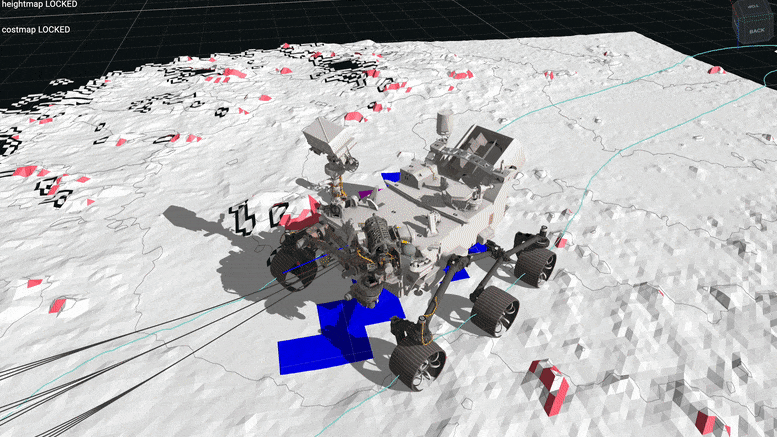
On the 854th Martian day of its mission, NASA’s Perseverance Mars rover showcased its advanced navigation capabilities by avoiding a significant obstacle—a 14-inch rock—using its AutoNav system. Credit: NASA/JPL-Caltech
NASA’s Perseverance Mars rover, on its 854th Martian day, demonstrated its autonomous navigation capabilities by skillfully avoiding a rock during its drive.
This animation is a playback of data recorded by NASA’s Perseverance Mars rover during an autonomous drive on July 15, 2023, the 854th day, or sol, of the mission. During this drive, the rover identified and navigated around the 14-inch (35-centimeter) rock seen at center-left. The self-driving autonomous navigation system, AutoNav, allows the rover to autonomously re-plan its route around rocks or other obstacles on its way to a pre-established destination. Engineers driving the rover at NASA’s Jet Propulsion Laboratory (JPL) in Southern California use visualization software to plan how the rover moves around on Mars and to evaluate its performance.
The lines seen emanating from the front of the rover are 20 feet (6 meters) long and indicate the paths the rover is evaluating for safety in real-time, while driving. Lines that turn blue show where the rover identified a “wheel drop” hazard – where a wheel could drop more than 14 inches (35 centimeters). Magenta lines indicate where the rover saw a belly pan clearance issue – where a terrain feature could get too close to the belly pan underneath the rover. The surrounding white terrain is a digital elevation model that the rover creates onboard using navigation camera images.
The animation has been sped up compared to real-time.
Astrobiology is a key objective for Perseverance’s mission on Mars, including the search for signs of ancient microbial life. The rover will characterize the planet’s geology and past climate, pave the way for human exploration of the Red Planet, and be the first mission to collect and cache Martian rock and regolith (broken rock and dust).
Subsequent NASA missions, in cooperation with ESA (European Space Agency), would send spacecraft to Mars to collect these sealed samples from the surface and return them to Earth for in-depth analysis.
The Mars 2020 Perseverance mission is part of NASA’s Moon to Mars exploration approach. This includes Artemis missions to the Moon that will help prepare for human exploration of the Red Planet.
JPL, which is managed for NASA by Caltech in Pasadena, California, built and manages operations of the Perseverance rover.


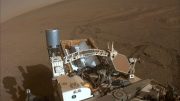

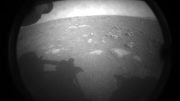
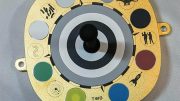
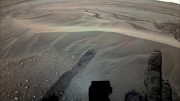
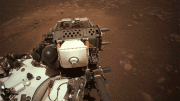
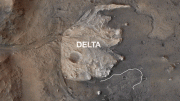
Be the first to comment on "Watch NASA’s Perseverance Rover Use AutoNav To Avoid a Boulder on Mars"